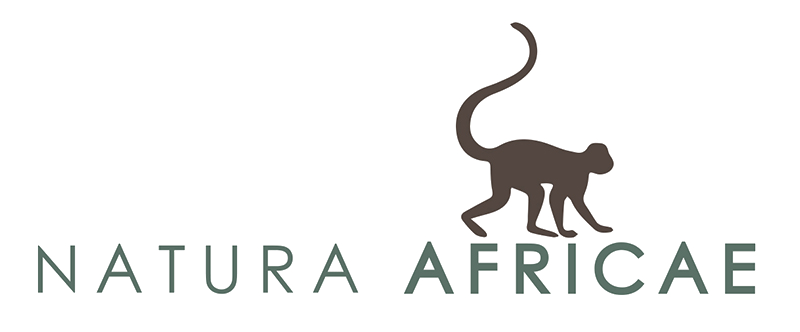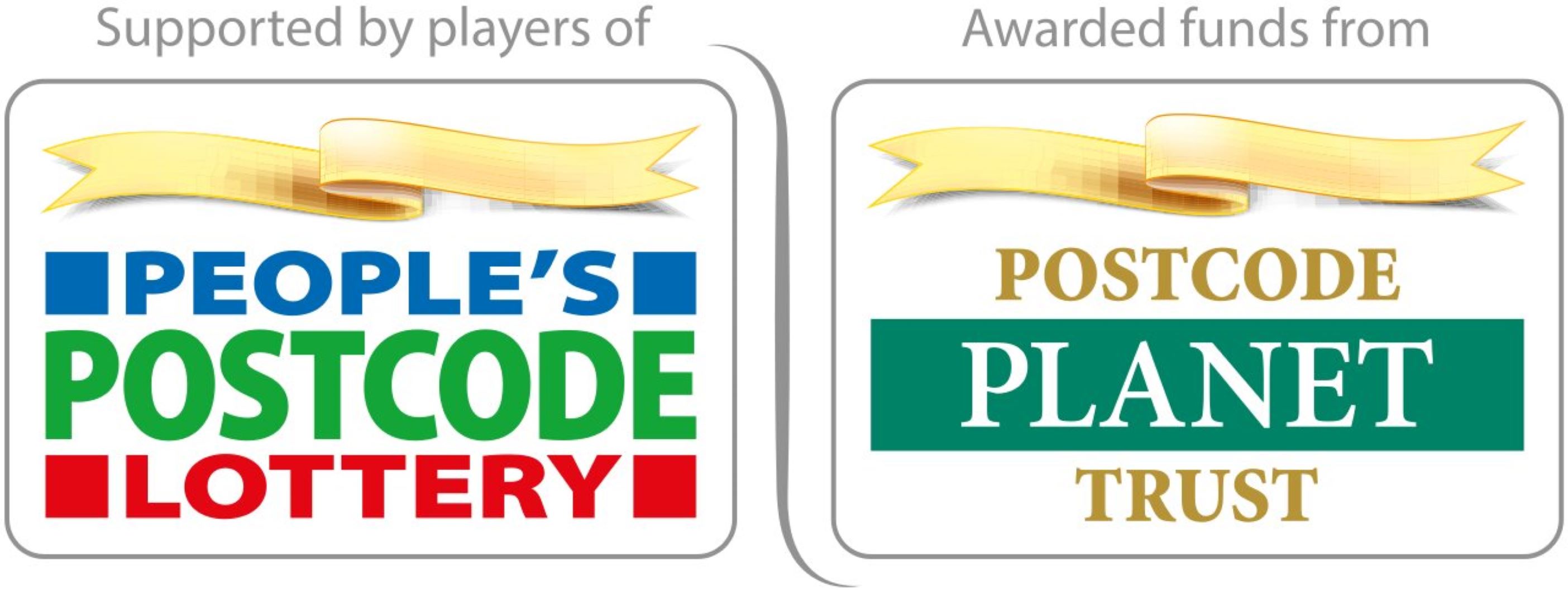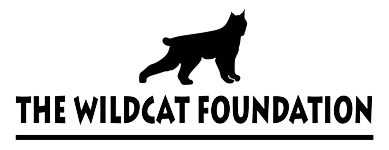Turtle Tagging in Bazaruto
Read MoreRewilding 2,000 Rhino
Learn moreA Brief History on Majete Wildlife Reserve
Learn MoreThe Tale of a Lioness and a Legacy that Lives on
Learn MoreMaking Moves to Save a Species
Learn MoreOur Work
African Parks is a non-profit conservation organisation that takes on direct responsibility for the rehabilitation and long-term management of protected areas in partnership with governments and local communities.
-
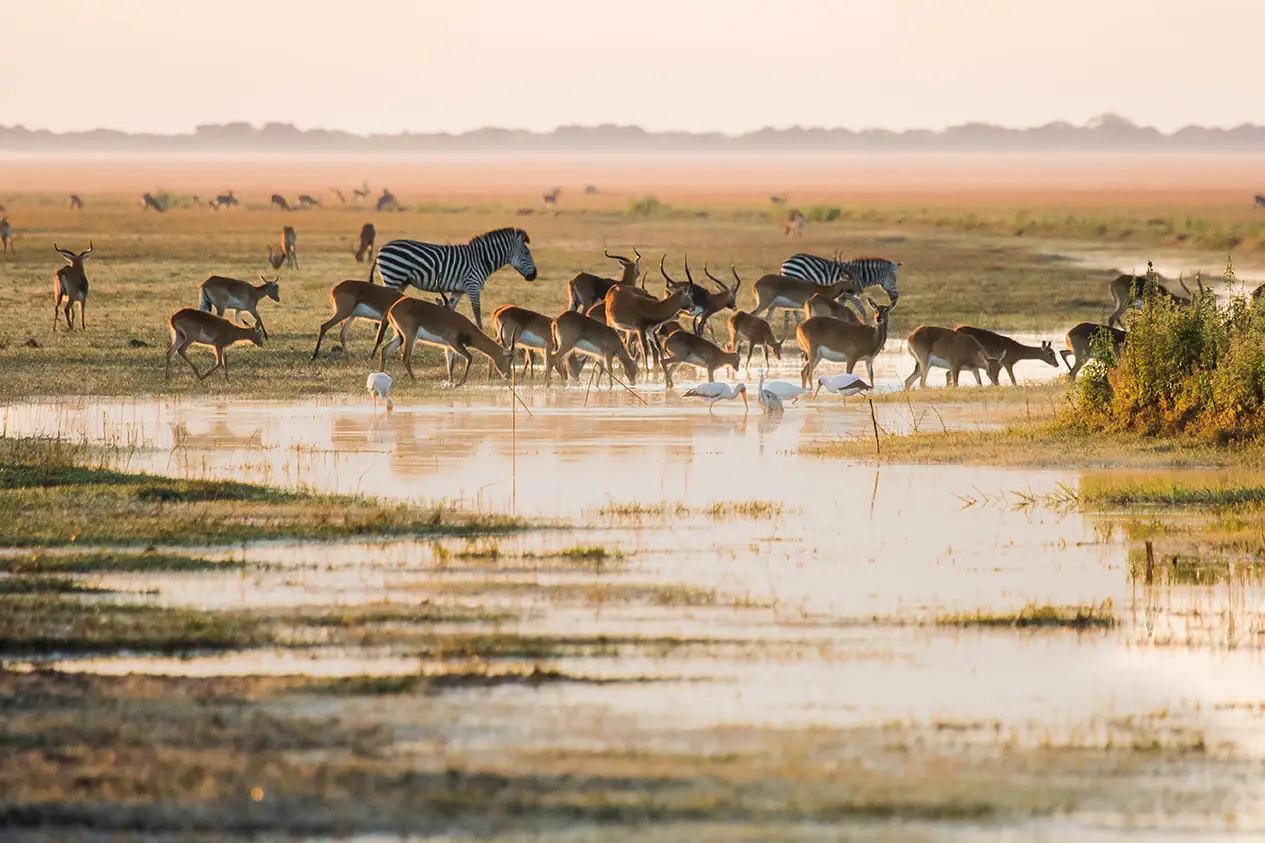 Biodiversity Conservation
Biodiversity Conservation
Protecting biodiversity is essential to reduce the impacts of climate change, conserve species and ensure healthy ecosystem services that benefit people and wildlife. To do this, we safeguard protected areas under our management through conservation law enforcement, species restoration, monitoring and research.
-
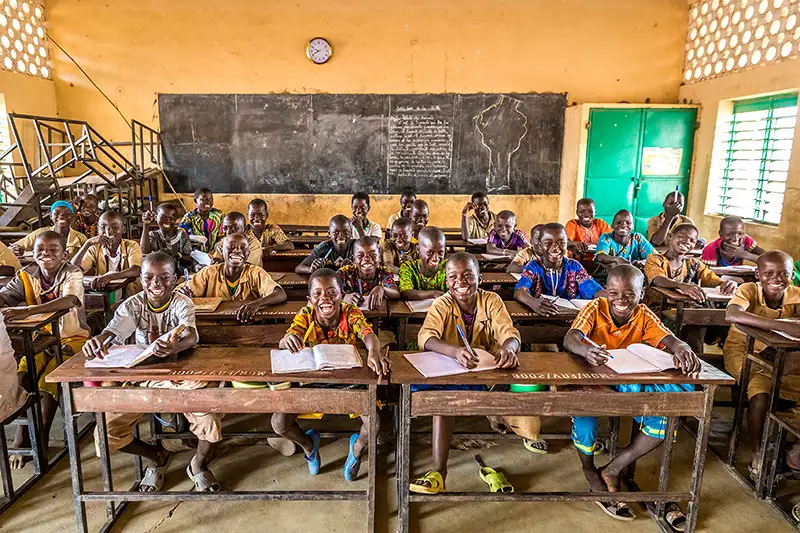 Community Development
Community Development
To ensure protected areas provide value to communities in the long-term, local people need to derive benefits from their existence and participate in decision making structures. Through positive community engagement and supporting ecological sustainability, socio-economic development and education, we are building a strong constituency for conservation.
-
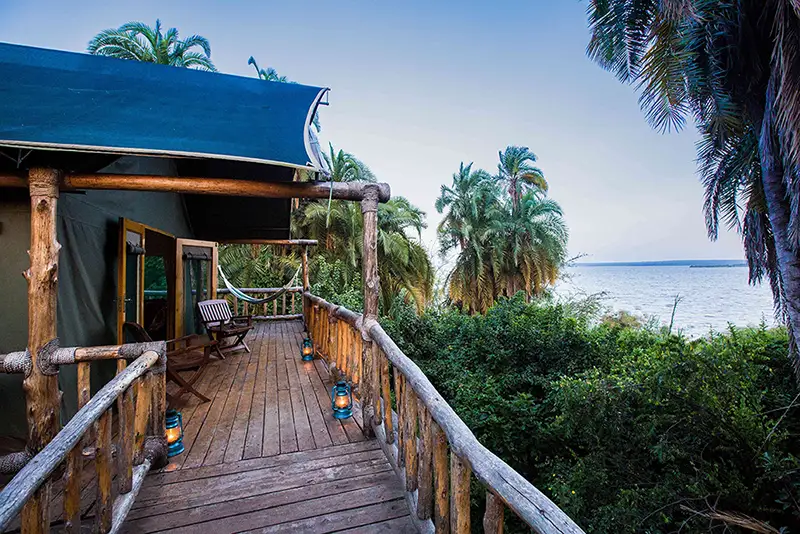 Park Revenue Generation
Park Revenue Generation
Creating a conservation-led economy that generates long-term income for protected areas is vital to alleviate poverty and safeguard natural resources. Through sustainable tourism options and other conservation-compatible enterprises we help generate revenue that flows back into the management and protection of the parks.
Learn More About the African Parks Model
Learn MoreExplore the Parks
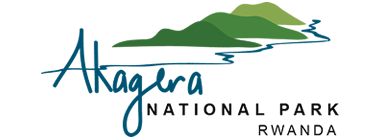
Akagera
National Park
Akagera National Park is central Africa’s largest protected wetland and Rwanda’s savannah refuge. Learn more about its wildlife and conservation, and planning a trip.
Learn More Visit the Park
Badingilo & Boma
National Parks
Badingilo and Boma National Parks cover 2 million hectares of diversity including one of Africa’s largest land mammal migrations. Discover the wildlife and people.
Learn More See Its Biodiversity Conservation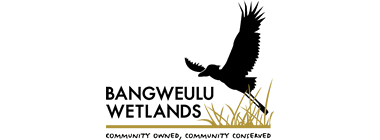
Bangweulu
Wetlands
Community-owned Bangweulu Wetlands in north-eastern Zambia is one of Africa’s most extraordinary wetlands. Read about wildlife, conservation, tourism and how to visit.
Learn More Visit the Park
Bazaruto
National Park
Spanning 143,000 hectares of productive seascape and five islands off the coastline of Mozambique, Bazaruto Archipelago encompasses terrestrial and marine habitats of unique ecological value. Learn more about wildlife, conservation efforts, tourism opportunities, and the ecological significance of the park.
Learn More Visit the Park
Chinko
Deep in the Central African Republic (CAR) lies an unknown wildlife refuge that is starting to thrive once again, Chinko. Learn more about the wildlife, conservation efforts, infrastructure improvements, and other developments at Chinko.
Learn More Visit the Park
Ennedi
Natural and Cultural Reserve
Ennedi Natural and Cultural Reserve, nestled in the northeast of Chad, is a natural sandstone masterpiece spanning 50,000 km2 that has been sculpted over centuries, creating a magnificent landscape marked by cliffs, canyons and natural arches. Find information about wildlife, conservation efforts, and more.
Learn More Learn About the Flora and Fauna
Garamba
National Park
Nestled in the northeast corner of the Democratic Republic of Congo (DRC), Garamba National Park is the last stronghold for the largest population of elephants and the only surviving population of the Kordofan giraffe in the country. Find information about wildlife, conservation efforts, community development initiatives, and more.
Learn More Learn About The Flora and Fauna
Iona
National Park
Iona National Park, Angola’s oldest protected area, is home to mammal, bird and reptile species that occur only here. Discover its wildlife and tourism opportunities.
Learn More Learn About the Flora and Fauna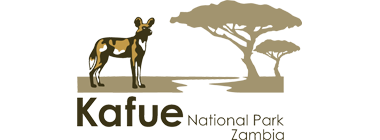
Kafue
National Park
Kafue National Park covers an expansive 22,400 km2 in the centre of Western Zambia, and makes up 25% of the world’s largest transboundary conservation area, known as the Kavango-Zambezi Trans-frontier Conservation Area (KAZA TFCA).
Learn More Learn About The Flora and Fauna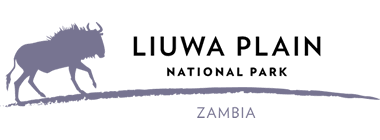
Liuwa Plain
National Park
Liuwa Plain in Zambia with Africa’s second-largest wildebeest migration shows that people and wildlife can co-exist. Learn about wildlife, conservation and visiting Liuwa.
Learn More Visit the Park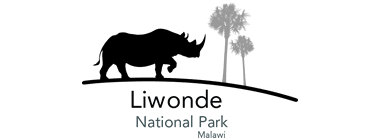
Liwonde
National Park
Malawi’s Liwonde National Park was transformed by incredible wildlife reintroductions. Discover its wildlife, conservation efforts, tourism, and how to visit.
Learn More Visit the Park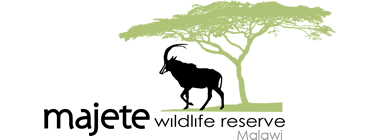
Majete
Wildlife Reserve
Majete is a Wildlife Reserve in south-western Malawi with an inspiring story of restoration. Learn more about its wildlife and conservation, and how to visit.
Learn More Visit the Park
Mangochi
Forest Reserve
Mangochi Forest Reserve is 320 km2 and contiguous with Liwonde National Park which spans 548km2. Find information about conservation efforts, plans to establish tourism infrastructure, and the ecological significance of Mangochi Forest Reserve.
Learn More Visit The Park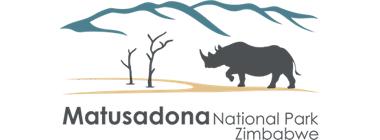
Matusadona
National Park
Matusadona National Park gets its name from the rolling Matusadona hills that form part of its water rich landscape.
Learn More Learn About the Flora and Fauna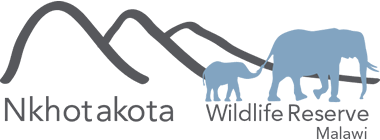
Nkhotakota
Wildlife Reserve
Nestled beneath the Chipata Mountain, a vast network of rivers weave their way through wooded hills, nourishing the dense miombo forests that make up Nkhotakota Wildlife Reserve. Find information about wildlife resurgence, conservation efforts, park improvements, tourism, and how to visit the park.
Learn More Visit the Park
Nyungwe
National Park
Nyungwe is the second national park in Rwanda to fall under our management. The park is the largest remaining tract of forest in Rwanda and is nestled in the southwest of the country, bordering Burundi.
Learn More Learn about the Fauna & Flora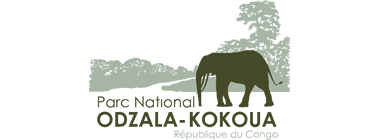
Odzala-Kokoua
National Park
Designated in 1935, Odzala-Kokoua is one of Africa’s oldest national parks. Covering an expansive 13,546 km2 area, the park lies in the heart of the Congo Basin, the world's second-largest rainforest after the Amazon. In 2020, the 380 km2 Lossi Gorilla Sanctuary was incorporated, adding an important landscape for wildlife corridors.
Learn More Visit the Park
Pendjari
National Park
Pendjari is a conservation stronghold in West Africa, which forms part of a critically important triad of national parks and reserves where 90% of the West African lion population remains. Learn about wildlife, conservation efforts, tourism, how to visit the park, and more.
Learn More Visit the Park
Siniaka Minia
Wildlife Reserve
Siniaka Minia Wildlife Reserve in Chad stretches over 4,643 km2 of extraordinary landscape, where the Siniaka River and Tourda River snake through this important savanna ecosystem. Find information about wildlife, conservation efforts, and the history of Siniaka Minia Wildlife Reserve.
Learn More Visit The Park
W
National Park
Together with Pendjari, W National Park forms a significant portion of the W-Arly-Pendjari (WAP) Complex, a globally significant transboundary landscape representing the largest intact wild ecosystem in West Africa.
Learn More Learn about the Fauna & Flora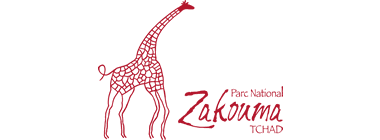
Zakouma
National Park
Situated just south of the Sahara desert and above the fertile rainforest regions, Zakouma has become a safe haven for Central and West African wildlife. Find information about wildlife, Zakouma's elephant population, conservation efforts, tourism, and how to visit the park.
Learn More Visit the ParkYour Support Goes a Long Way
At African Parks we are working everyday to protect Africa's last wild landscapes. By donating to us, you are making a difference and are giving hope to people and wildlife across the continent.
Donate